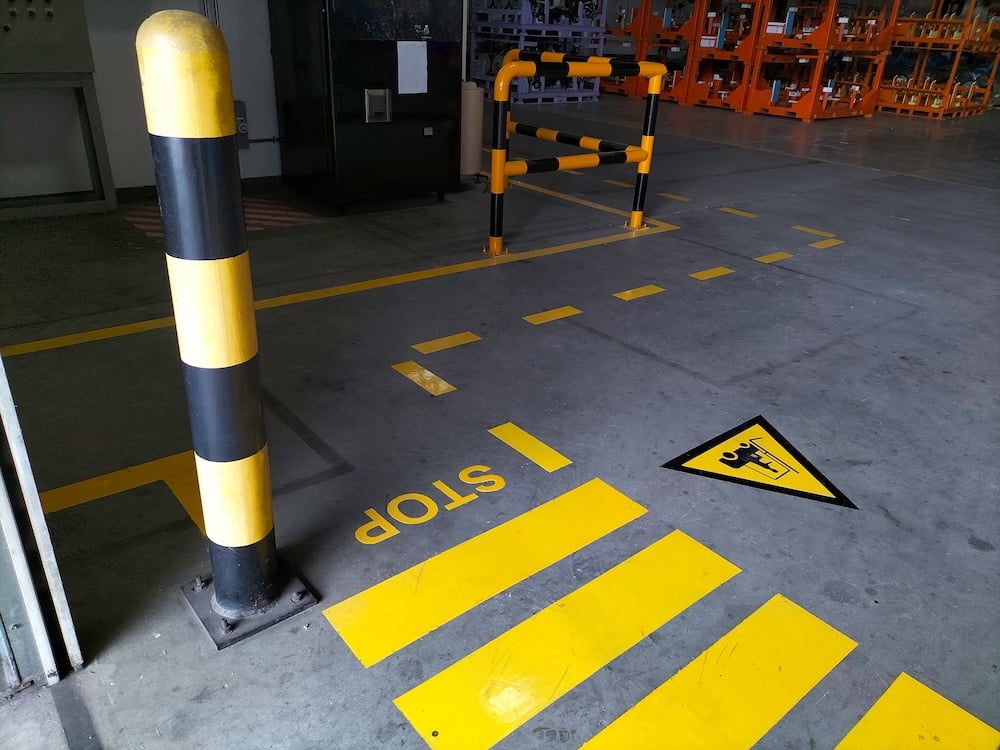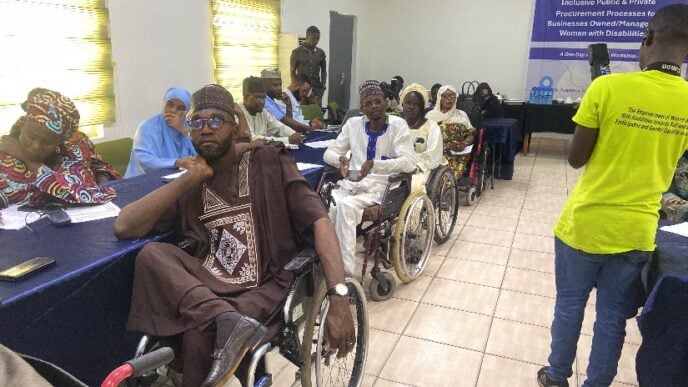BY SAMUEL JEKILI
Across Nigeria’s ministries, departments and agencies (MDAs), modern infrastructure and technology have been installed to make work easier, safer, and more efficient. From elevators that move people quickly between floors to sophisticated electrical systems that keep the lights on and data flowing, these tools are designed to serve both convenience and safety. However, when proper and timely maintenance is neglected, these same innovations can turn from assets into life-threatening hazards.
Over the years, there have been too many accounts of tragic incidents within public office buildings, stories of faulty elevators plummeting and trapping workers, electrical faults sparking fires, and collapsing ceilings caused by neglected structural integrity. These are not acts of fate; they are the predictable results of a culture where maintenance is seen as an afterthought rather than a continuous responsibility.
Take the example of an elevator in a federal building in Abuja that malfunctioned while in use a few years ago. Several occupants sustained injuries, and while there was no fatality, the psychological trauma lingered for years. The investigation revealed that the elevator had been due for a comprehensive service check months earlier, but budget approvals were delayed, and the work never happened. The technology was sound when installed, but like all machinery, it required consistent upkeep—something that was ignored until it almost cost lives.
Advertisement
Similarly, incidents of electrical fires in government complexes have been recorded in Lagos, Port Harcourt, and Abuja. In one case, a loose wire in a neglected circuit caused a fire that consumed an entire office wing, destroying years of valuable records. The fire could have been prevented with regular inspections and the replacement of worn-out components.
The danger is not limited to machines or wiring. Poorly maintained buildings—those with leaking roofs, broken tiles, or weakened beams—pose daily risks to the people who work in them. A cracked wall or an unserviced air-conditioning system might seem minor until it results in an injury, health hazard, or collapse. These dangers are heightened in tropical climates where high humidity, heat, and seasonal rains accelerate wear and tear on physical structures.
The root causes of this neglect are often depressingly familiar: procrastination, where maintenance schedules are repeatedly pushed back; greed, where funds earmarked for repairs are diverted elsewhere; and theft, where maintenance budgets are misappropriated entirely. Each of these leads to the same result—systems that deteriorate quietly until they fail catastrophically.
Advertisement
The issue is not merely about protecting assets; it is about safeguarding human life and ensuring the long-term functionality of public infrastructure. A well-maintained workplace is not a luxury; it is a basic obligation owed to the people who spend their days within these walls.
Unfortunately, many MDAs operate reactively rather than proactively. Repairs are made only after a failure occurs, often at a far greater cost in both money and safety than would have been required for routine servicing. This is short-term thinking at its most dangerous. Preventive maintenance is always less costly than emergency repairs, both in financial terms and in human consequences.
There is a strong case for the establishment of a dedicated national body to enforce workplace infrastructure safety in the public sector—something akin to the Federal Road Safety Corps, which is tasked with ensuring safe road use across the country. This “Office Structure Safety Corps” could be mandated to regularly inspect elevators, buildings, electrical systems, and other potentially hazardous installations within MDAs situated in every part of the country. It would ensure that these assets are serviced as frequently as needed and in compliance with established safety standards. Such an agency would help instil a culture of preventive care, rather than the current reactive and neglectful approach.
If such a body does not yet exist, its creation would be a forward-thinking investment in protecting generations to come. Today’s public buildings will not only serve current workers but also countless others in the future. Failing to maintain them today means passing on dangerous, deteriorating infrastructure to those who will work in these same offices tomorrow. This is an attitudinal crisis—one where negligence is silently teaching the next generation that safety can be compromised without consequence.
Advertisement
The work culture in MDAs must evolve to see maintenance not as an occasional event but as an ongoing, non-negotiable process. Strict penalties should apply to individuals or departments found to have delayed or diverted maintenance resources. At the same time, there must be recognition and rewards for offices that uphold high safety and maintenance standards, creating positive competition among MDAs.
Ultimately, maintenance is not just about fixing things—it is about preventing harm, preserving efficiency, and demonstrating respect for both human life and public investment. Every elevator, every light fixture, every air-conditioning unit, every brick in a public building carries with it the silent expectation that it will be cared for. When that care is absent, the risk is not only of equipment failure but of losing the trust and safety of the very people these institutions are meant to serve.
The lesson is simple yet urgent: neglect has a cost, and that cost is often human life. The solution lies in a national commitment to proactive, transparent, and accountable maintenance practices—backed by the enforcement of a dedicated safety corps to ensure that what is meant to serve does not become what destroys.
Samuel Jekeli, a human resources professional, writes from Abuja. He can be contacted via [email protected]
Advertisement
Views expressed by contributors are strictly personal and not of TheCable.











